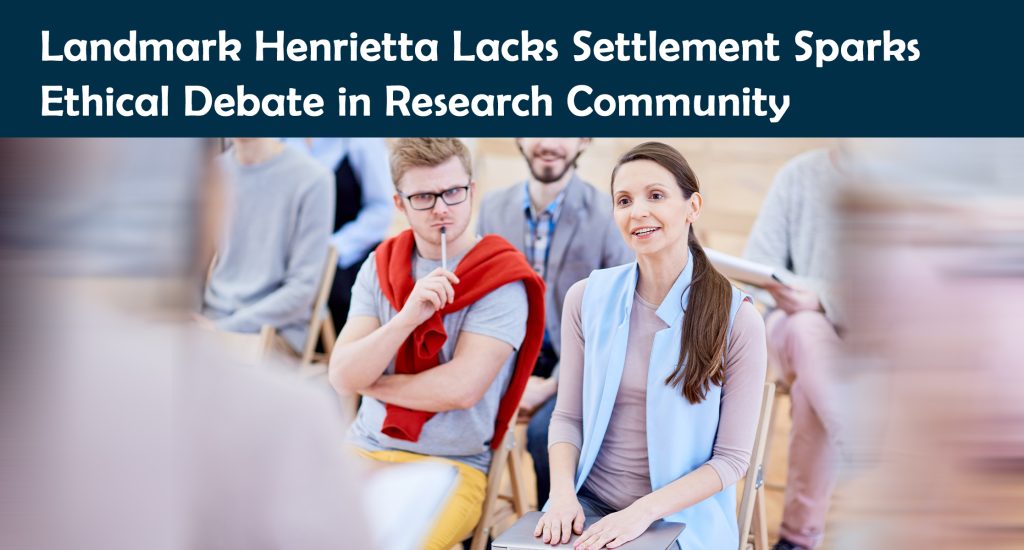
Thermo Fisher Scientific’s settlement with Henrietta Lacks’s family, whose cells were used for research without consent, raises ethical and legal considerations. The agreement follows decades of debate over the unauthorized use of her HeLa cells, which led to scientific breakthroughs. Legal experts and researchers highlight the case’s significance, emphasizing the need for transparency and accountability. The settlement opens discussions about the origin of research materials and ethical implications. Although unique circumstances apply to Lacks’s case, broader discussions on consent for tissue use in research and ensuring ethical sourcing of samples gain traction. Companies using biological specimens are urged to prioritize ethical diligence.

